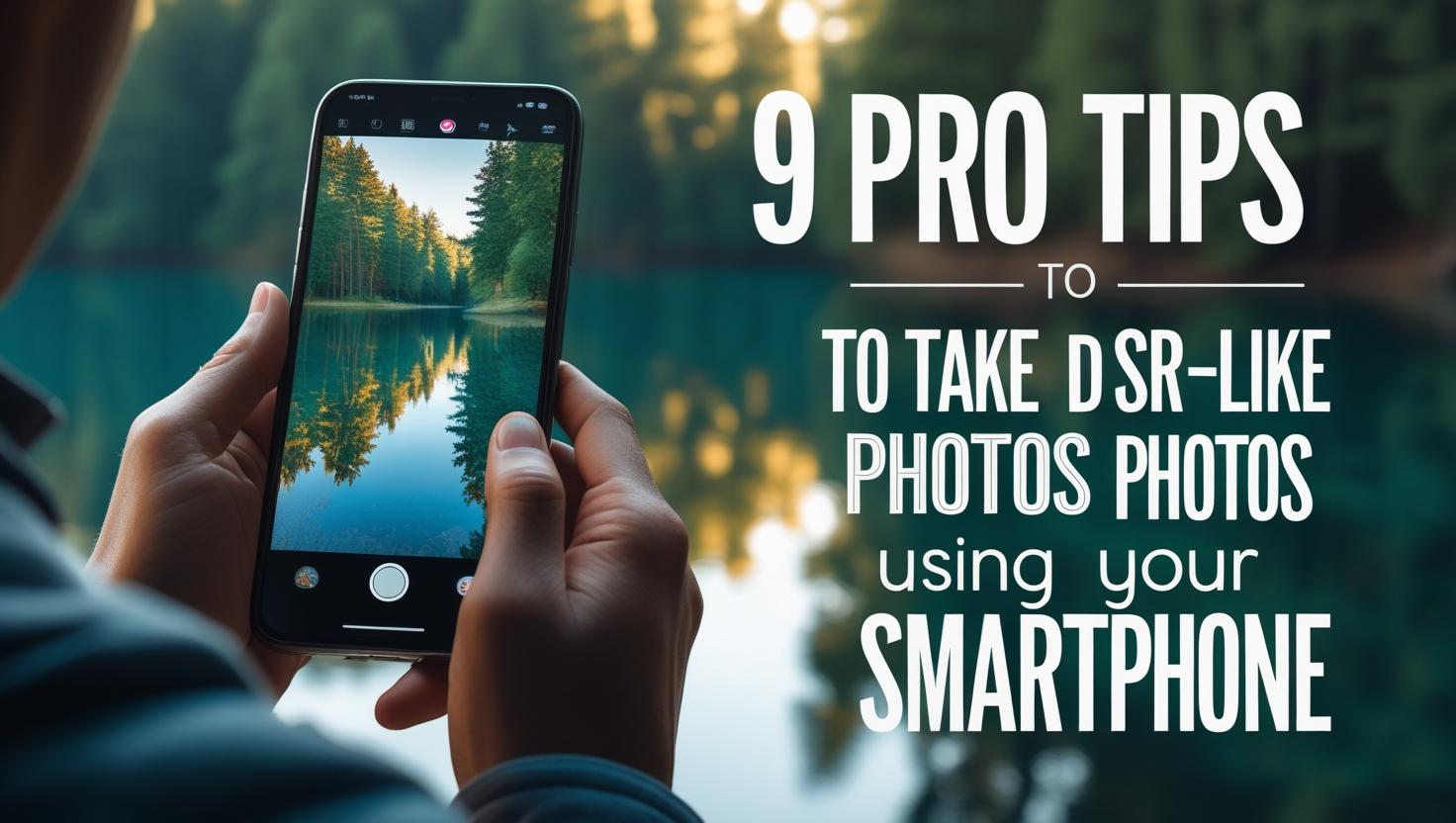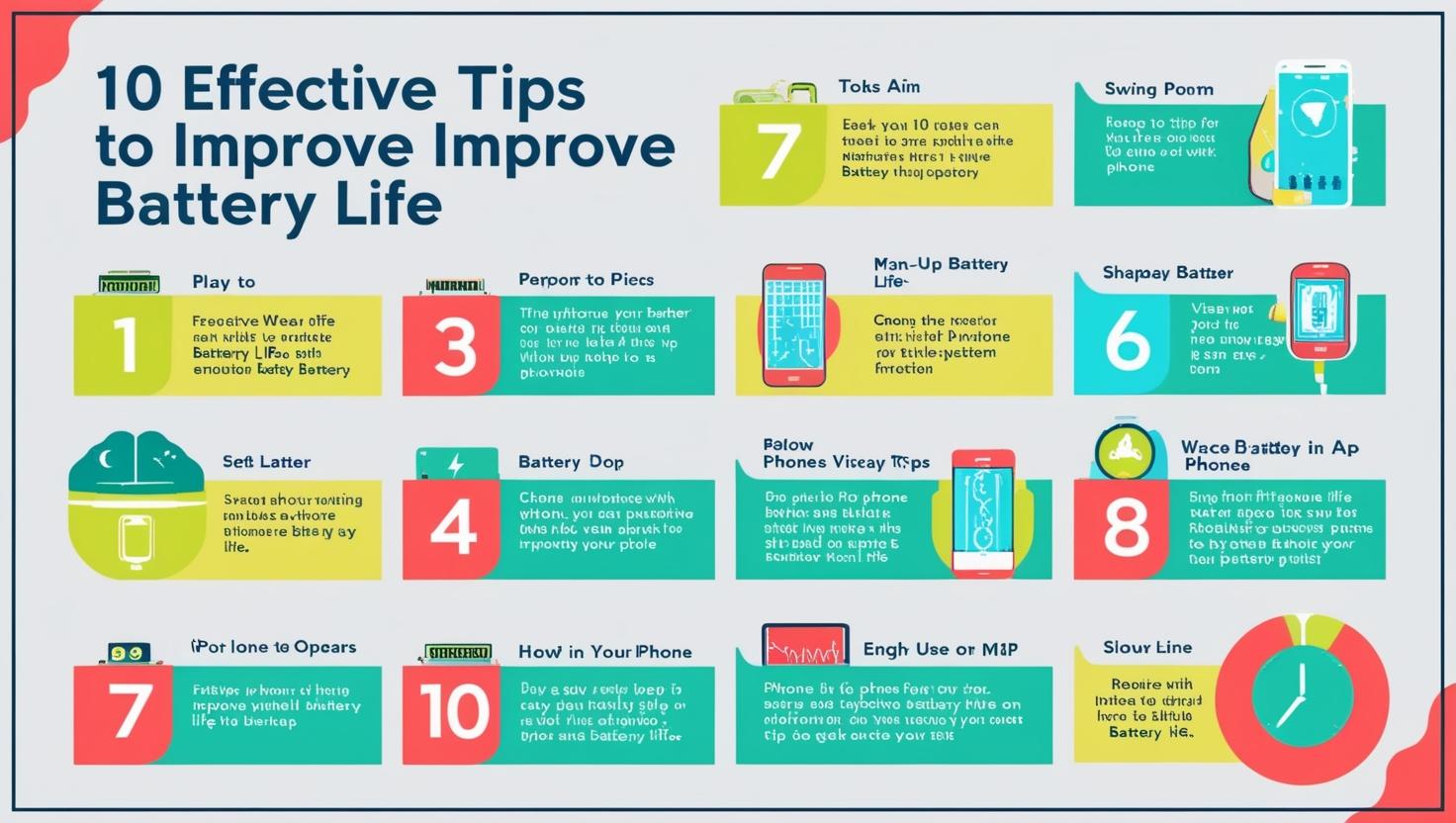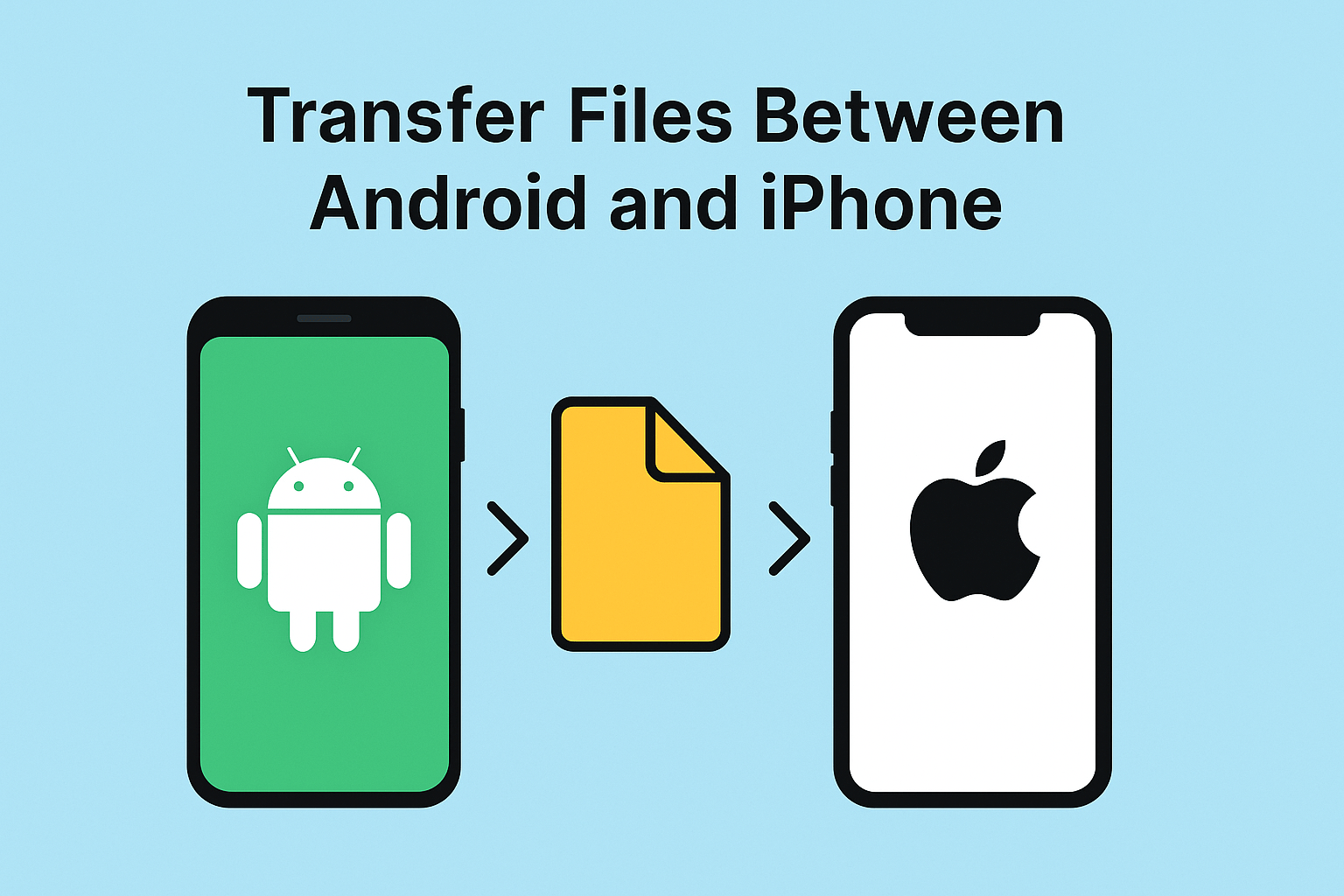Smartphones have come a long way in the world of photography. With powerful sensors, AI enhancements, and multiple lenses, modern smartphones are now capable of capturing stunning images that closely mimic DSLR-level quality. But if you think it’s just about having a good phone, think again. To truly take DSLR-like photos using your smartphone, you need the right techniques, tools, and a creative eye.
In this blog, you’ll learn how to take DSLR-like photos using your smartphone with practical tips that work across Android and iOS devices. Whether you’re a beginner or a budding mobile photographer, these techniques will level up your mobile photography game.
1. Understand Your Camera Settings
One of the biggest mistakes people make is sticking to the default camera mode. If your phone supports Pro Mode or Manual Mode, use it. These modes give you control over:
- ISO (light sensitivity)
- Shutter speed
- White balance
- Focus
- Exposure compensation
Just like a DSLR, playing with these settings allows you to create depth, freeze motion, or capture light trails. Practice is key here—take your time to explore each function.

2. Use Natural Lighting Over Flash
Lighting is the soul of photography. While DSLRs handle low-light situations better, smartphones can still perform beautifully under natural lighting.
- Shoot during the golden hour (shortly after sunrise or before sunset).
- Avoid using the built-in flash—it creates harsh light and unwanted shadows.
- Instead, use reflectors or white surfaces to bounce light onto your subject.
This gives your photos a soft, balanced look similar to what a DSLR might capture with a prime lens.
3. Tap to Focus and Lock Exposure
Every smartphone camera allows you to tap on the screen to focus on a subject. But did you know you can also lock that focus and exposure?
- Tap and hold on the subject until the AE/AF Lock appears.
- Now adjust the brightness manually using the slider.
This simple trick helps you avoid overexposure and blurry images, a hallmark of amateur photos. DSLR photographers do this all the time—lock in, compose, and shoot.
4. Use Third-Party Camera Apps
Default camera apps are fine, but they can limit your creativity. Install apps like:
- Adobe Lightroom Mobile (includes a built-in Pro Camera)
- ProCam X or Camera+
- Open Camera (Android)
These apps unlock DSLR-style manual controls, RAW shooting, and better white balance correction. Taking DSLR-like photos using your smartphone is much easier when you’re not stuck with automatic settings.
5. Master the Rule of Thirds and Framing
Composition separates an average photo from a stunning one.
- Turn on the gridlines in your camera settings.
- Place your subject at the intersections (rule of thirds).
- Use leading lines, frames within frames, and negative space to tell a story.
A DSLR may offer better optics, but good composition always wins. Make your photo visually appealing, and people will assume it’s taken from a high-end camera.
6. Use Portrait Mode (With Caution)
Modern smartphones use AI-powered Portrait Mode to mimic DSLR-style bokeh (background blur). While it’s not always perfect, it’s effective when used properly.
- Ensure your subject is at least 2 feet from the background.
- Focus on the eyes for sharpness.
- Use portrait mode only in good lighting for best results.
Pro tip: Use third-party portrait editors to enhance blur and sharpness manually.
7. Keep Your Lens Clean
This may sound basic, but it’s often ignored. A tiny smudge or fingerprint on your lens can ruin your photo’s clarity.
Always clean your camera lens before shooting. Use a microfiber cloth or soft cotton. Even DSLR pros clean their lenses constantly—treat your smartphone the same way.
8. Edit Like a Pro
DSLR photographers spend hours editing in tools like Lightroom or Photoshop. To take DSLR-like photos using your smartphone, you must edit like one.
- Use Snapseed, Lightroom Mobile, or VSCO.
- Adjust brightness, contrast, shadows, saturation, and sharpness.
- Avoid over-editing. The goal is to enhance, not to fake.
Editing transforms your image into a professional-level photograph, and when done right, it can make a smartphone image look like it was taken with a DSLR.
9. Use External Lenses for Smartphones
If you’re serious about mobile photography, invest in clip-on lenses like:
- Wide-angle
- Macro
- Telephoto
These mimic DSLR lens functionality and help you experiment with different styles—close-ups, landscapes, zoom, etc.
Moment and Apexel are two high-quality brands that offer professional-grade smartphone lenses.
Final Thoughts
You don’t need an expensive DSLR to capture breathtaking photos. With the right approach, gear, and techniques, you can absolutely take DSLR-like photos using your smartphone.
Remember:
- Master the settings (ISO, focus, exposure)
- Use natural light
- Edit smartly
- Compose like a pro
Every great photo starts with a vision. Your smartphone is just a tool—how you use it is what creates magic.




